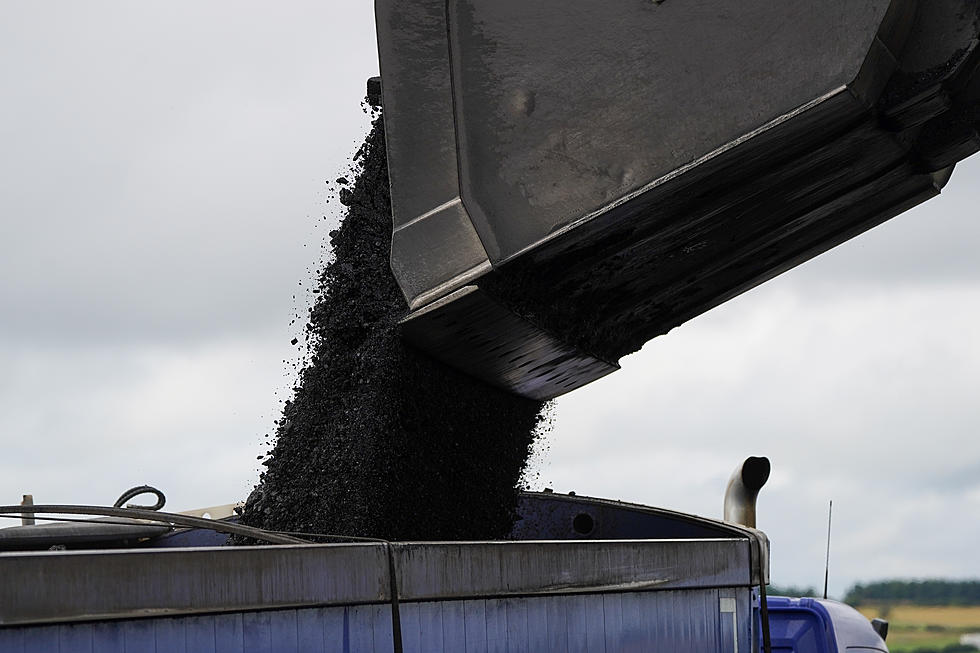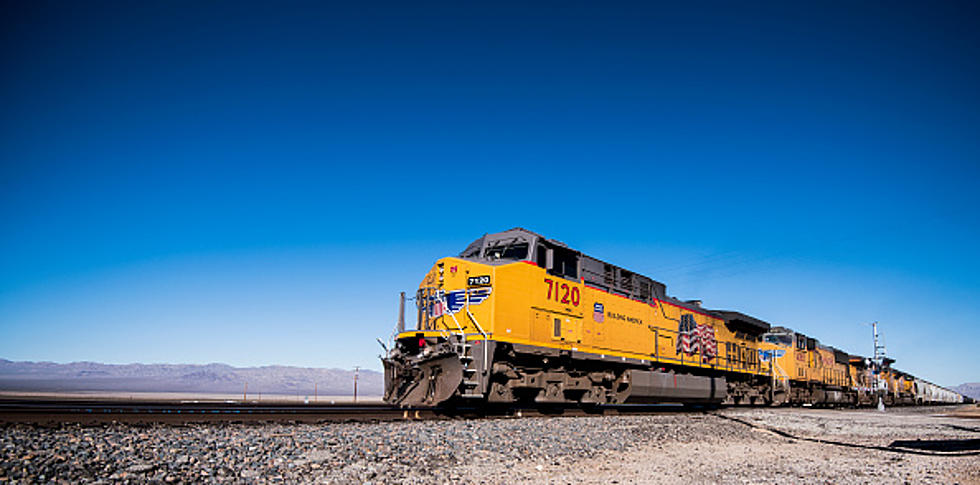
This “GREEN” Energy Is An Enviromental Disaster
You are told that wind, solar, and electric cars are clean, green, cost-saving, affordable, and sustainable.
Yet, after taking a closer look at how those things are produced, what happens during their assistance, and their disposal, we find that the polar opposite is true.
Finally, the New York Times has caught up with one of these so-called "Green" programs.
The production of ethanol.
Billed as affordable, sustainable, and better for the planet than petroleum, it has been shown to be, once again, anything but!
The Times recently published an in-depth article on almost everything wrong with ethanol, from production to use.
Their article is titled:
The Climate Solution That’s Horrible for the Climate.
It’s fairly well-known that farm-grown fuels like corn ethanol and soy biodiesel accelerate food inflation and global hunger, but they’re also a disaster for the climate and the environment. And that’s mainly because they’re inefficient land hogs. It takes about 100 acres worth of biofuels to generate as much energy as a single acre of solar panels; worldwide, a land mass larger than California was used to grow under 4 percent of transportation fuel in 2020. (NYT).
I'm glad to see the Times finally catching up and admitting that this form of so-called "green energy" is far more destructive than if we just used petroleum and natural gasses.
Let's see if they now begin to wonder about other forms of energy production that are called "good for the planet."
Renewable fuel standards, enacted in 2007, spurred millions of acres to be converted into cropland for the cultivation of corn and ethanol production. And that new farmland replaced wooded areas, prairies and wetlands relied upon by many endangered species, such as whooping cranes, black-footed ferrets and some pollinators like butterflies.
The adoption of renewable fuel standards resulted in the expansion of cropland by as much as 7 million acres since 2008. Currently, more than 80 million acres of American land is dedicated to growing corn. Between 25 and 40 percent of that crop is made into ethanol every year. (NYT).
This is just the tip of the iceberg.
The deeper we diver into these alternative sources of energy the more damage we find to our economy and the planet.
Ethanol's damage goes beyond what it does to a car's engine.
A new study suggests ethanol may be worse for the environment than straight gasoline.
A "new" study?
Studies like this one have been out there for decades.
Finally, news organization like the New York Times and Reuters News has taken notice.
Funded in part by the National Wildlife Federation and U.S. Department of Energy, the study found that ethanol is at least 24% more carbon-intensive than gasoline due to emissions from land use and changes to corn growth, as well as the emissions from production and combustion that come with any liquid carbon-based fuel. (NYT).
CO2 is not a pollutant. It acts as an airborne fertilizer, making our planet greener.
Still, those who want to reduce it or get rid of it altogether, they would do better to give up on ethanol and just go back to burning gasoline.
Now let's look a the environmental damage at producing ethanol.
Once again, what the Times is reporting has been known for decades. The people at the Times have finally noticed this old news story and are treating it as if it is new.
For instance, corn ethanol produced in central Nebraska depletes water at a much higher rate than corn ethanol produced in Iowa. Soy biodiesel that is produced in Appalachia has a much higher greenhouse gas intensity than soy biodiesel produced in Illinois.
Crunching all the numbers, here’s what the scientists found: America dedicates 5% of U.S. farmland in order to reduce national greenhouse gas emissions by about 1%. At the same time, biofuels deplete water supplies at 36 times the rate (depletion per energy produced) of fossil fuels, and they poison water with nitrogen runoff at five times the rate.
As the authors put it: “Emissions reductions are achieved through biofuel production but include a considerable opportunity cost in terms of water and nitrogen intensity.” (NYT).
It would behoove us to stop ethanol production altogether.
But farmers have become so accustomed to those government subsidies it won't be easy.
Inside Wyoming Missile Silo For Sale
The 7 Funniest Yellowstone T-Shirts You Can Own
More From Wake Up Wyoming









